Xiang Peng
A Robust Semantic Communication System for Image
Mar 14, 2024Abstract:Semantic communications have gained significant attention as a promising approach to address the transmission bottleneck, especially with the continuous development of 6G techniques. Distinct from the well investigated physical channel impairments, this paper focuses on semantic impairments in image, particularly those arising from adversarial perturbations. Specifically, we propose a novel metric for quantifying the intensity of semantic impairment and develop a semantic impairment dataset. Furthermore, we introduce a deep learning enabled semantic communication system, termed as DeepSC-RI, to enhance the robustness of image transmission, which incorporates a multi-scale semantic extractor with a dual-branch architecture for extracting semantics with varying granularity, thereby improving the robustness of the system. The fine-grained branch incorporates a semantic importance evaluation module to identify and prioritize crucial semantics, while the coarse-grained branch adopts a hierarchical approach for capturing the robust semantics. These two streams of semantics are seamlessly integrated via an advanced cross-attention-based semantic fusion module. Experimental results demonstrate the superior performance of DeepSC-RI under various levels of semantic impairment intensity.
A Robust Deep Learning Enabled Semantic Communication System for Text
Jun 06, 2022
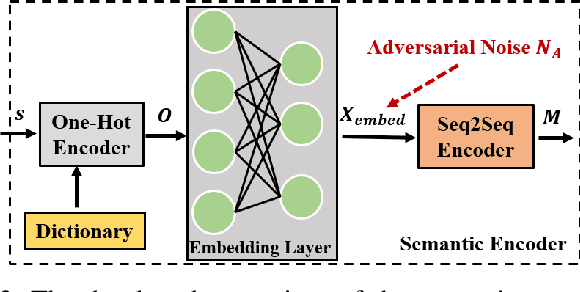
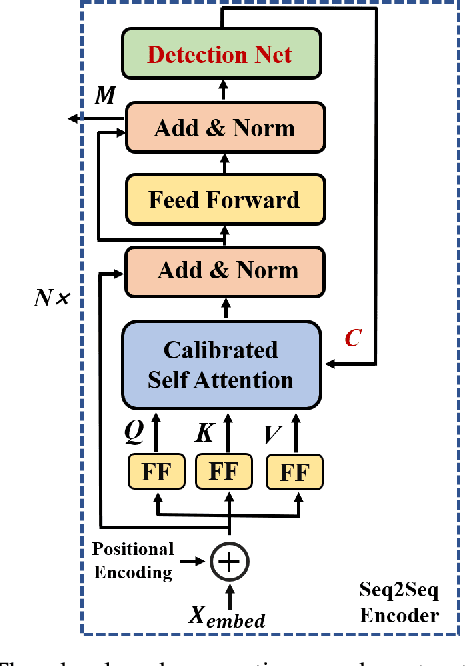

Abstract:With the advent of the 6G era, the concept of semantic communication has attracted increasing attention. Compared with conventional communication systems, semantic communication systems are not only affected by physical noise existing in the wireless communication environment, e.g., additional white Gaussian noise, but also by semantic noise due to the source and the nature of deep learning-based systems. In this paper, we elaborate on the mechanism of semantic noise. In particular, we categorize semantic noise into two categories: literal semantic noise and adversarial semantic noise. The former is caused by written errors or expression ambiguity, while the latter is caused by perturbations or attacks added to the embedding layer via the semantic channel. To prevent semantic noise from influencing semantic communication systems, we present a robust deep learning enabled semantic communication system (R-DeepSC) that leverages a calibrated self-attention mechanism and adversarial training to tackle semantic noise. Compared with baseline models that only consider physical noise for text transmission, the proposed R-DeepSC achieves remarkable performance in dealing with semantic noise under different signal-to-noise ratios.
Towards end-to-end pulsed eddy current classification and regression with CNN
Feb 22, 2019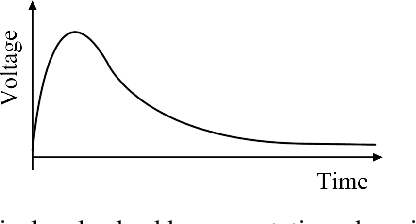

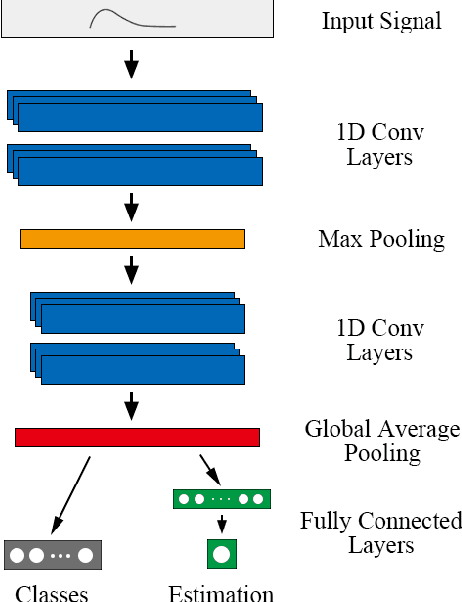
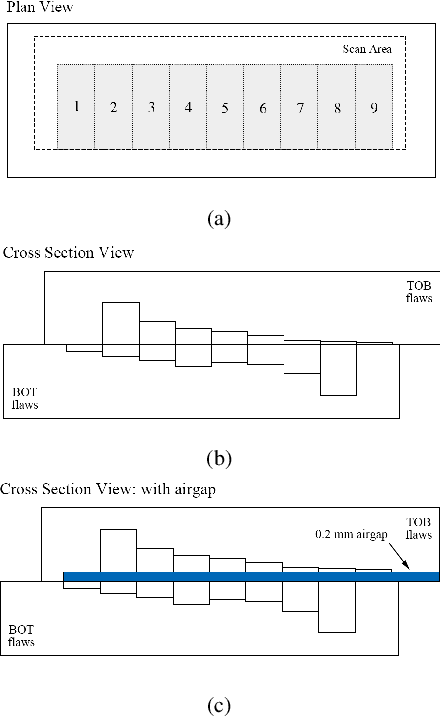
Abstract:Pulsed eddy current (PEC) is an effective electromagnetic non-destructive inspection (NDI) technique for metal materials, which has already been widely adopted in detecting cracking and corrosion in some multi-layer structures. Automatically inspecting the defects in these structures would be conducive to further analysis and treatment of them. In this paper, we propose an effective end-to-end model using convolutional neural networks (CNN) to learn effective features from PEC data. Specifically, we construct a multi-task generic model, based on 1D CNN, to predict both the class and depth of flaws simultaneously. Extensive experiments demonstrate our model is capable of handling both classification and regression tasks on PEC data. Our proposed model obtains higher accuracy and lower error compared to other standard methods.
 Add to Chrome
Add to Chrome Add to Firefox
Add to Firefox Add to Edge
Add to Edge